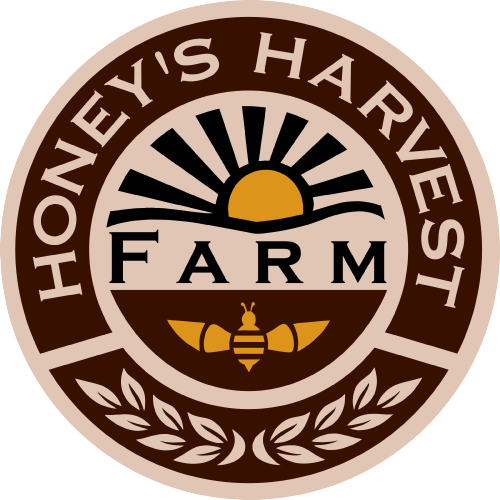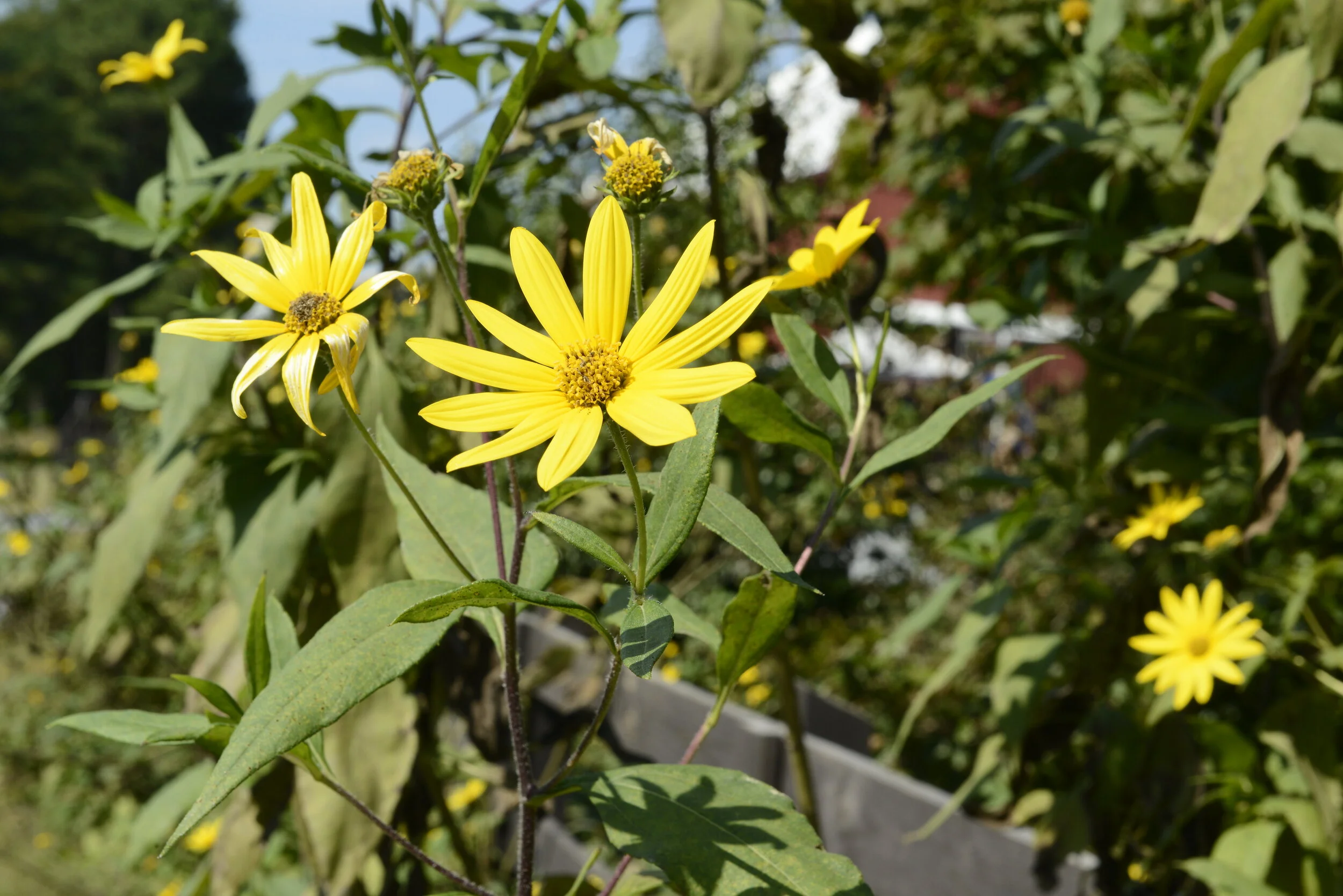From Tobacco to Hemp: A Farm's Evolution (Part 2)
Once, not so long ago, Honey’s Harvest Farm was a derelict piece of property. The fields and buildings were overgrown, the barns’ foundations were rotting, chunks of their siding were missing, their roofs were falling in, and they were filled with Dumpsters’ worth of detritus. The original farmhouse had been subdivided off the property and was falling apart.
By 2009, the farm was at the bottom of a long, gradual downhill slope from its heyday in the 60’s and 70’s as a thriving tobacco farm. When Anna Chaney bought the property from the two Fowler sisters in 2009, they advised her to tear down the barns. But she had a different vision.
Today, that vision is coming to life and expanding. Instead of tobacco, the farm’s biggest revenue crop is elderberries, which Anna and her son Connar use to make their signature elderberry syrup. And instead of corn covering the majority of the farm’s 160 acres, the largest crop at Honey’s Harvest Farm is its extensive food forest, which covers ten acres. Project Food Forest defines food forests as “… a diverse planting of edible plants that attempts to mimic the ecosystems and patterns found in nature.”
Honey’s Harvest Farm’s food forest, established through the Department of Natural Resource’s Field and Stream Program, includes hazelnuts, black and red aronia berries, crabapples, beach plums, American plums, black walnuts, elderberries, pawpaws, hickories, and persimmons.
The farm looks very different than it did back in the 60’s–instead of acres of uniform tobacco and corn there is a riot of plants that vary in size, height, and color. Anna points out that we have been trained to think that acres of conventionally farmed corn and soybeans are peaceful and beautiful, so when we see a regenerative agriculture or permaculture style farm or garden, we may at first disapprove, labeling it “messy”.
Anna says, “When I view our crops and our fields and our gardens I see life. … All plants are alive, but you can almost imagine the nutrients coursing through the plants [on Honey’s Harvest Farm].” Juxtapose this with plants eked along by synthetic nutrients. These two methods of farming are both beautiful, Anna argues, they simply have a different character and feel. We each judge their beauty independently based on what we’re looking for.
That vigorous life Anna sees when she views her crops begins with the soil. Growing living soil that balances bacteria and fungi in a healthy ratio takes years, and Anna and Connar have proved that the effort is more than worth it. Revising her earlier statement that the farm’s largest crop is their food forest, Anna says, “Our biggest crop is actually soil.” To learn more about living soil, visit Dr. Elaine Ingham’s website, Soil Food Web.
Anna’s plans for Honey’s Harvest Farm include expanding their hemp and elderberry cultivation in order to make these two crops the basis of a range of value-added products, such as hemp-based soaps, skincare products, and salves and elderberry shots and elderflower tea.
Meanwhile, she is always branching out in other areas of business, her latest venture being Honey’s Farmhouse Retreat, the restored original farmhouse that had been subdivided off the main farm and was foreclosed.
If she had to sell the farm one day, Anna says, “My wish would always be that whoever is on this property truly cares about the health of the property and works in balance and relationship with the land.”
In her studies as a shaman, she has been taught an Andean concept called ayni that has struck a deep chord in her. This word means literally, “today for you, tomorrow for me”, and encompasses the idea of reciprocity: Today we water the garden, tomorrow it gives us food.
Anna Chaney has carried on the legacy of Morris Fowler, the previous owner of the land where Honey’s Harvest Farm is located. He was a great steward of the land, and although his methods of caring for it were different from Anna’s, she believes that what ultimately matters is having an understanding of one’s relationship with one’s land and crops.










